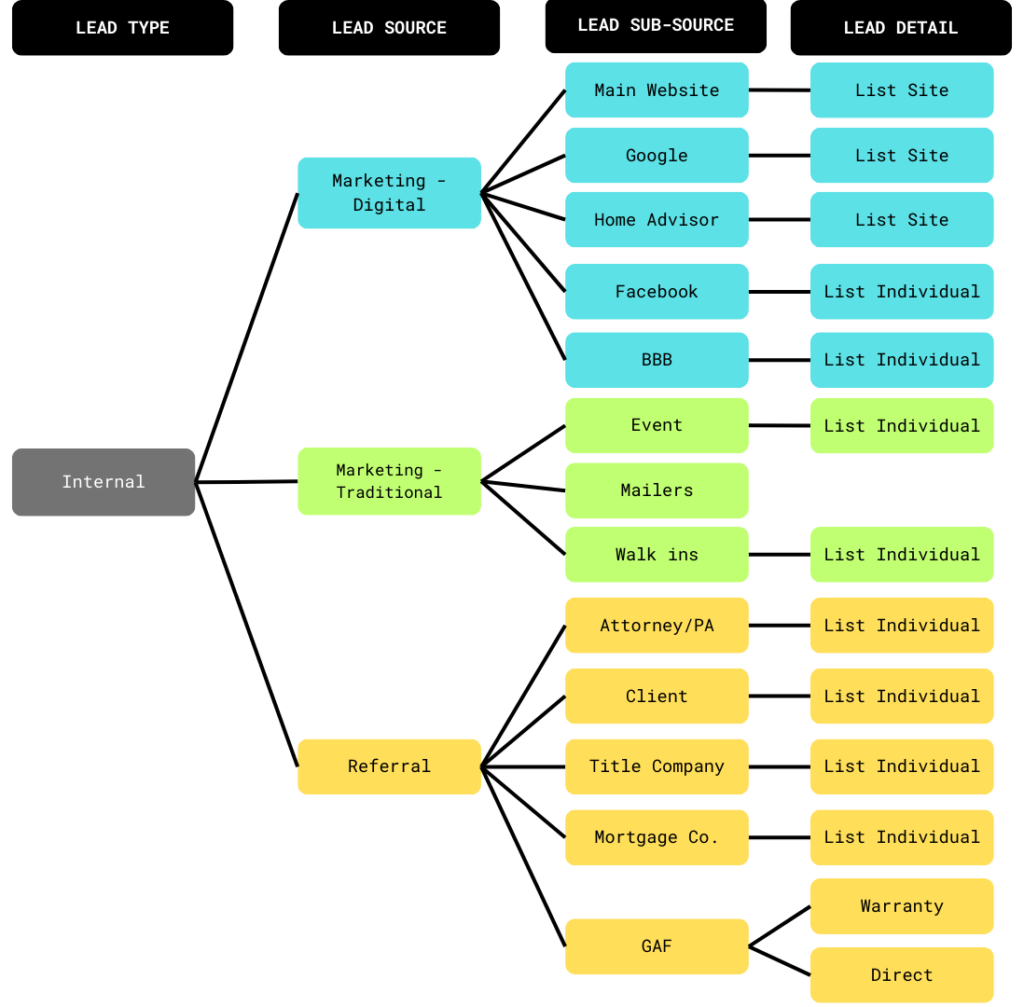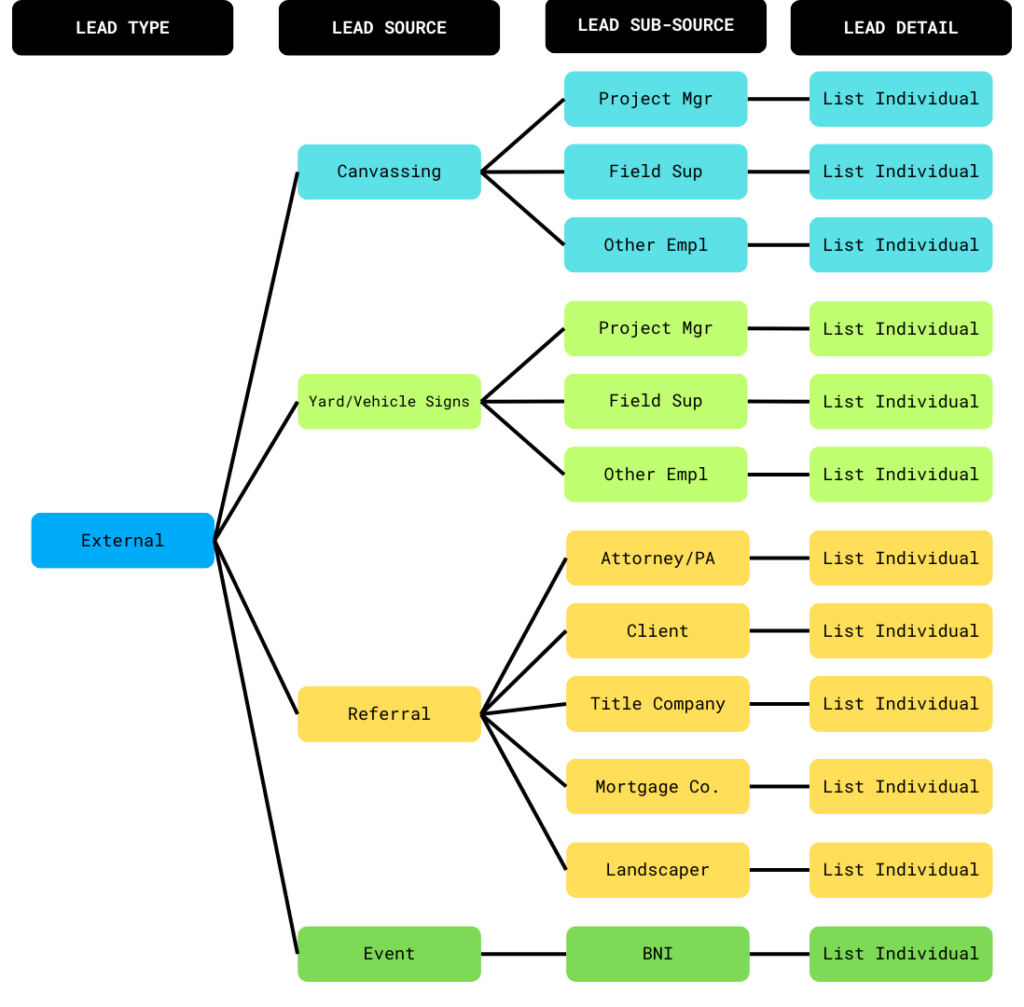Not all damage to homes caused by stormy weather is the same. There are a wide variety of risks that threaten your home’s well being every time a major Florida weather event sweeps your way.
One of the ways to prepare for storm damage in order to prevent it or at least minimize it is to simply be aware of the major types of damage that typically occur. Thus, we list below the top seven kinds of harm that stormy weather is likely to do to a Florida home.
Also, we will include some helpful advice on how to prevent each variety of damage and/or how to get it fixed once the storm has passed.
1. Storm Damage to Roofing
The most vulnerable part of your home, in some ways, is your roofing as it sits up higher and more exposed to the weather than any other part of the building. Roofing is always at risk in a hurricane, major tropical storm, tornado, or severe thunderstorm – and Floridians experience plenty of all those types of weather events and more!
Here are a few of the most common ways that your roof could suffer storm damage in the next major storm:
- Roof leaks may develop. If driving rain gets underneath your shingles, it could find its way into the house and destroy drywall, insulation, flooring, ceilings, furniture, electronics, and more in your home’s interior.
- Shingle damage may occur. High winds can rip shingles loose or completely off, bend them back, tear shingle-fastening nails partially up, or cause them to bend or buckle.
- Hail impacts may destroy the integrity of shingles, causing them to break down easier and faster later on. It’s about more than just “ugly dimples” – hail-damaged shingles may need to be replaced.
- Flashing is often torn out of place, allowing water to run behind it or under it. This could affect you in a future storm even if you didn’t notice it this time.
- Gutters and downspouts may overflow, weigh down, bend, or be whipped out of position by strong winds.
- Tree branches sometimes fall onto the rooftop, damaging its very structure and/or shingles and vents.
- Salty sea air can drench seaside homes during major storms, and this only exacerbates the problem of green or black algae growth on shingles. (You may even want to consider re-shingling with algae-resistant shingles.)
Getting an annual roof inspection can do wonders for finding and fixing roofing problems before they get worse in the aftermath of a storm. Also, repairing storm damage without delay and knowing how to file for roof-related home insurance claims can save you money and prevent further damage.
2. Exterior and Structural Damage to Your Home
Wind and rain and foul weather not only can damage the top of your house. It can damage the sides too. Sidewalls may have siding ripped off or badly damaged by impacts from storm-borne debris. Windows can be smashed, doors scraped and scarred, awnings torn, and screened porches left in shambles.
Sometimes, sidewinding winds may even cause water to get in through the walls if it gets past the siding or other exterior covering. And if a dead tree tumbles, it might as likely fall into a wall or window as onto the roof. Either way, there is major potential for storm damage here.
When your home has suffered major structural damage, you should waste no time in contacting a professional contractor experienced in home restoration projects. Exposed areas must be tarped off immediately so your home is secure during the interim, but consider it an “emergency” project that must be acted on immediately.
3. Foundation Damage Caused By Storms
The bottom of your home, along with its top and sides, is exposed to potential storm damage during a major weather event. Flooding may cause water damage to a concrete foundation or slab or may fill the basement or crawlspace with dirty, dingy water.
When rain fills up gutters, possibly that are already crammed with leaves, sticks, and debris, it will pour over the sides of and straight down at the foundation.
Foundations sometimes suffer damage through ordinary means like normal temperature fluctuations and the settling of the building above. A few small fissures are to be expected. But sudden damage in a storm is different – if severe, and should merit an inspection and/or repair.
4. Storm Damage to Your Landscaping
Aside from the building itself, your lot and landscaping surrounding your home is a possible target for storm damage. First of all, garages, sheds, gazebos, fences, pools, and all outdoor structures could be damaged.
Secondly, turf, pavement, walkways, hardscapes, flower beds, flowers and plants, gardens, trees, bushes, and all exterior decor in your yard may show signs of the storm that just passed through. It is also possible that floods will move dirt and create drainage issues post-storm.
While not generally as urgent as other types of storm damage, you would definitely want “yard restoration” to be included on your post-storm “to do list.”
5. Mold & Mildew Problems
After a storm, you may notice mold and mildew beginning to grow inside your home. It may even be that dreaded (and potentially disease-spreading) “black mold.”
This is often the case when significant leaking, sewer line backup, or flooding has occurred in your home. Using some good old fashioned bleach-water may take care of it – but in more severe cases, call on your local mold removal and remediation services.
6. Fires & Electrical Problems
A house fire could start in a storm due to a lightning strike, but more often it happens due to damage done to home wiring or electrical equipment. It is even possible for fires to start weeks or months later because of problems originating from storm damage.
If you think your home may have suffered from electrical damage in a storm, you may want to call an electrician for a professional inspection.
7. Loss of Property Value
While loss of property value is less concrete than the other types of storm damage mentioned above, at the same time, it could stem from any or all of them – and more.
To protect your investment in your home or to list and sell it in a timely fashion, be sure to move on roof repairs and home restoration post-storm.
To learn more about storm damage and how to repair and even improve your home after a Florida storm, contact Sheegog Contracting in Central Florida today for a free consultation and a free, no-obligation quote!






